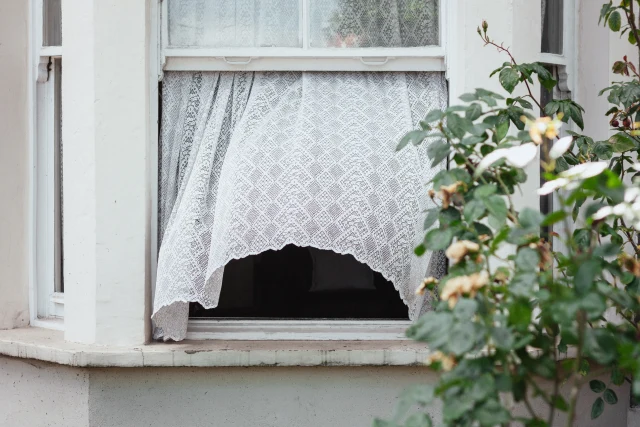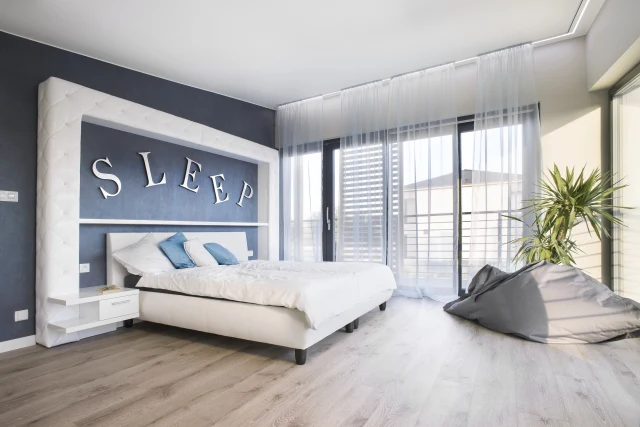Go to Section
Improving Your Air Quality At Home
Monday 5th September 2022
With World Green Building Week upon us, it is a great time to discuss the quality of air we breathe in our buildings and some of the key factors that can influence it. Let’s take a look at the route to effective indoor air quality.


Blog author

Joe Fitzgerald
Technical Specification Manager
Joe is a Passivhaus Contractor with Degree qualifications in Sustainable Construction and Energy Management. He also completed Postgraduate Diplomas in Green Engineering and Advanced Thermal Modelling and a Postgraduate Certificate in Hygrothermal Risk Assessment.


